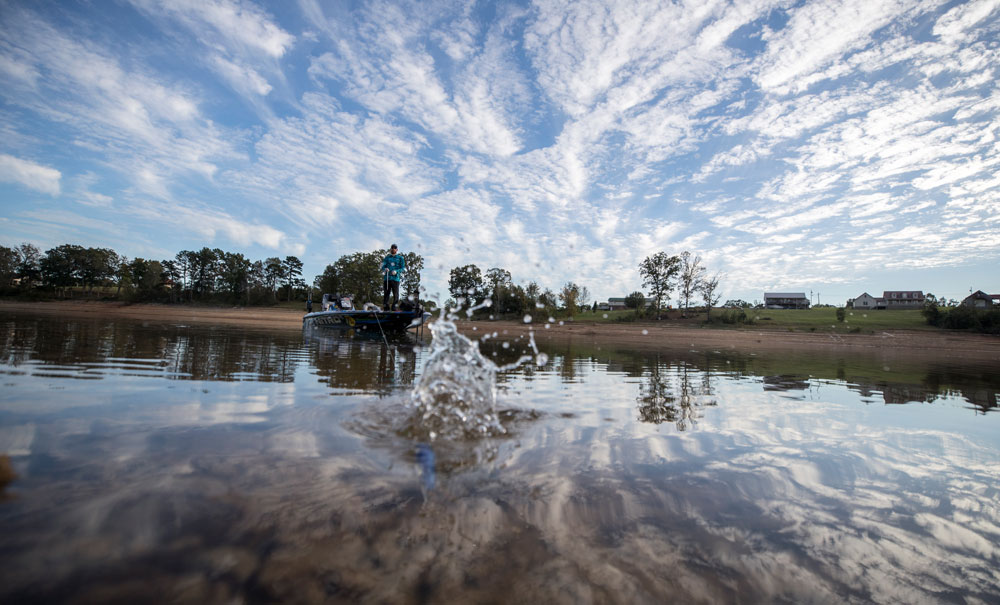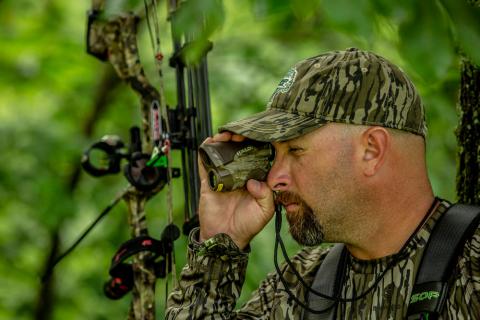with Ott DeFoe

Several different types of lures are classified as topwater lures: the walking baits like the Zara Spook, buzzbaits that you most often use with a steady retrieve, and a frog, which is a hollow-bodied plastic bait. When I fish a frog, I’ll usually fish a fast-tip or a medium-fast-tip rod. I want my rod to flex some when I’m casting the frog.
If I’m fishing a Zara Spook or a walking style of bait, I prefer a medium-heavy-action rod, since I want the rod to be more forgiving when I get a strike. In other words, that rod has more bend and more flex than a heavy-action rod does. This kind of rod prevents me from tearing the hook out of the bass’s mouth once I set the hook. I like the medium to medium-heavy rod when I’m fishing a popping bait like the Pop-R. This bait usually is a stop, pop, stop type of bait.
Whatever the structure is where I’m fishing determines which kind of topwater bait I’ll choose. If the structure is vegetation, I want to know how thick the vegetation is on the surface, since that plays a role in my decision as to the kind of frog I’ll use. You can’t fish any topwater lure with treble hooks on it effectively in thick grass on the water, unless you fish it down the edge of that grass. When I’m fishing in thick grass on the surface, I need a weedless bait like the frog or a buzzbait. I also can use a swimbait then that I can pull on top of the water.
You must decide where you plan to fish the topwater lure, how you’re going to fish it, how you want the bass to take that lure, and whether or not your lure will move through thick cover, come down the edge of thick cover or be fished in holes in the cover.




























